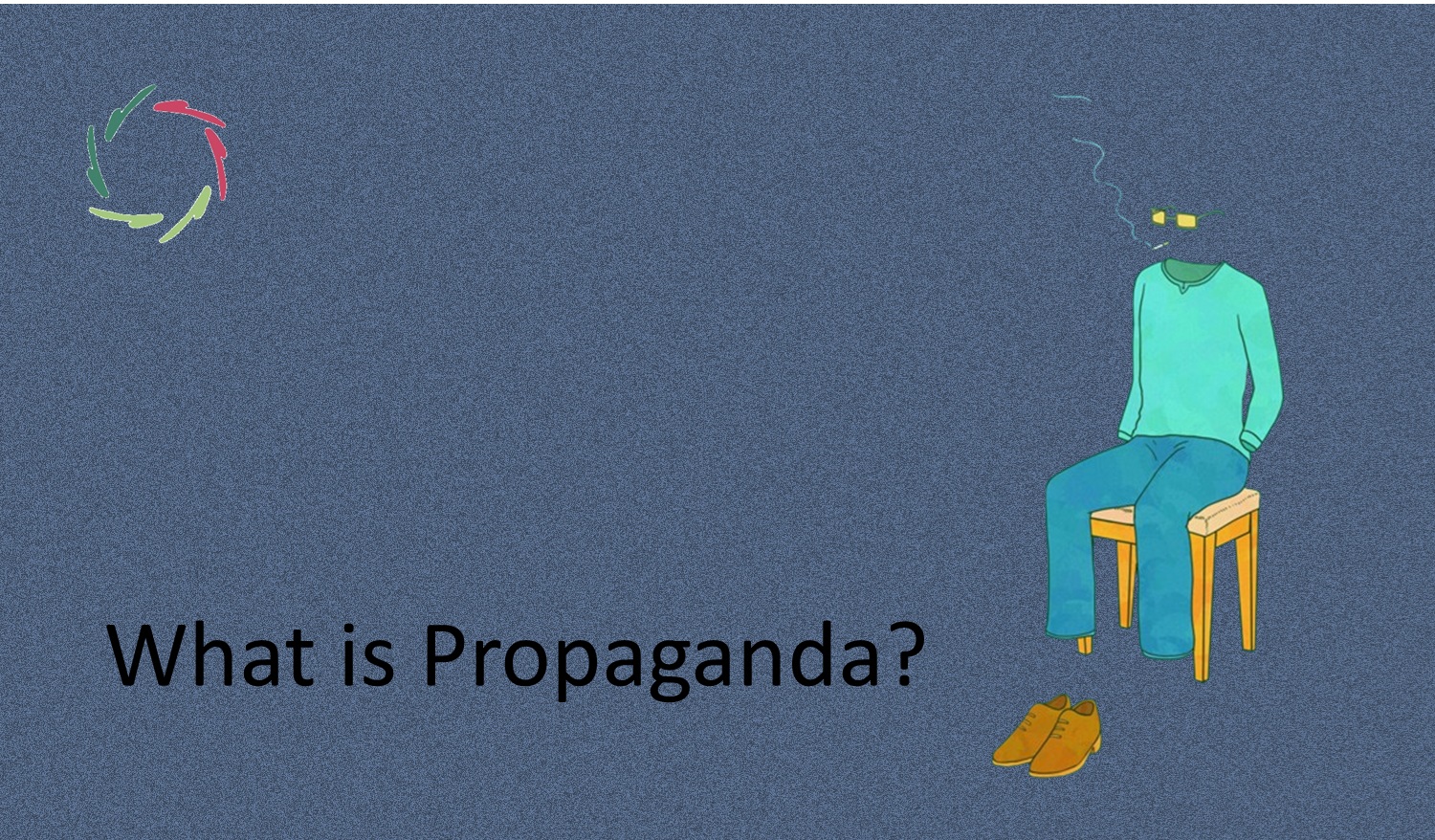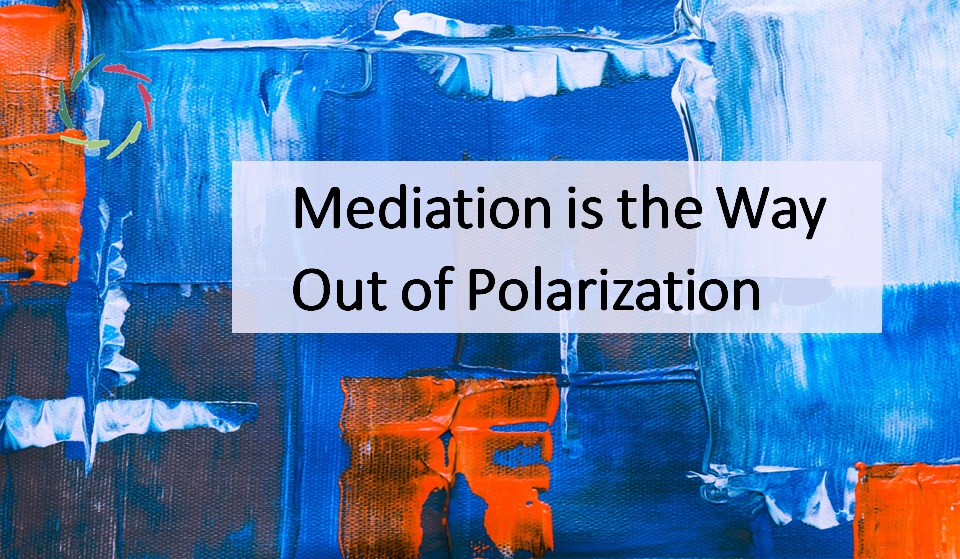What is Propaganda?

Propaganda surrounds us in subtle and overt ways, from political campaigns to advertising, from social media posts to historical narratives. At its core, propaganda is communication aimed at influencing thoughts, emotions, and behaviors to serve a particular agenda. Its methods can be manipulative, engaging the non-conscious mind to bypass critical thinking and elicit emotional responses.
This blog explores propaganda as a phenomenon that impacts human depth and freedom. We’ll also contrast it with autosuggestion – a core element of AURELIS – to highlight a way forward grounded in awareness, autonomy, and genuine growth.
The core mechanism of propaganda
Propaganda works by engaging subconceptual patterns — the deep, non-conscious layers of the mind where emotions, instincts, and associations reside. While appearing to provide rational arguments, propaganda often relies on emotional resonance, tapping into fear, hope, or anger. Repetition and simplicity are its hallmarks, creating a sense of certainty that bypasses deeper reflection.
A paradox arises: while propaganda acts externally to impose change, it triggers inner responses that can feel self-generated. This is a ‘mechanical inside-out’ process, where the appearance of internal agreement is a product of external manipulation. This makes propaganda seem personal, even though it operates by hijacking inner patterns for external purposes.
The paradox of propaganda
The paradox of propaganda lies in its misuse of mechanisms that could foster growth. Like autosuggestion, it taps into the mind’s deeper layers, creating alignment between thought and emotion. However, while autosuggestion respects autonomy and invites self-directed change, propaganda imposes a rigid agenda, suppressing freedom and depth.
For instance, propaganda often uses powerful imagery and stories to elicit specific emotions. In a different context, these same techniques could nurture creativity, empathy, or personal insight. The critical difference is intent: where autosuggestion seeks growth, propaganda seeks control.
Propaganda vs. autosuggestion
At first glance, propaganda and autosuggestion might appear similar—they both influence the mind deeply. However, their essence diverges dramatically:
- Propaganda imposes change from the outside-in, overriding personal reflection. Autosuggestion encourages change from the inside-out, fostering organic growth.
- Propaganda exploits; autosuggestion respects. The ethical foundation of autosuggestion ensures that it aligns with the individual’s deeper values and autonomy.
- Autosuggestion nurtures a dynamic interplay between the conceptual and subconceptual, supporting personal development. Propaganda, in contrast, seeks uniformity and control.
The fragility of truth in the face of propaganda
Propaganda doesn’t rely solely on lies; it thrives on half-truths, omissions, and distortions, blending reality with manipulation to destabilize shared truths. In this way, it creates an environment where truth becomes fragile and contested.
The antidote lies in strengthening inner truth. When individuals are deeply connected to their inner selves, they develop resilience against external manipulation. This involves embracing certainty through doubt: the process of testing beliefs rigorously to arrive at authentic convictions. Doubt, far from being a weakness, becomes a path to clarity and strength.
Classical hypnosis: between propaganda and autosuggestion
Classical hypnosis occupies an intermediate space between propaganda and autosuggestion. Like propaganda, it engages subconceptual patterns, often bypassing conscious resistance. Yet, like autosuggestion, it can also support positive change when used ethically.
However, the ethics of hypnosis are not always present. Stage hypnosis, for example, often mirrors propaganda by prioritizing external control over the subject’s autonomy. This places classical hypnosis between the manipulative tendencies of propaganda and the growth-oriented principles of autosuggestion.
Awareness, depth, and genuine communication: the antidotes
To counter propaganda’s pervasive influence, the AURELIS approach emphasizes:
- Awareness ― Recognizing propaganda’s mechanisms diminishes its power. Awareness fosters critical thinking and prevents automatic responses.
- Depth ― Engaging deeply with one’s inner self creates a foundation for truth and authenticity, countering propaganda’s superficial narratives.
- Genuine Communication ― Respectful, two-way dialogue replaces coercion with collaboration, fostering environments of trust and mutual understanding.
The way forward: building resilience against propaganda
The path to resilience lies in cultivating inner strength and clarity:
- Tools like AURELIS autosuggestion help individuals align with their deeper selves, creating immunity to manipulation.
- Teaching the mechanisms of propaganda equips people to question and resist its influence.
- Promoting environments that value autonomy and depth diminishes reliance on propaganda-driven interactions.
Propaganda as a call to deeper awareness
Propaganda thrives where awareness is weak and the truth is fragile. But it also serves as a wake-up call — a reminder to reconnect with our inner selves, nurture our inner truth, and cultivate environments of genuine growth.
By embracing doubt, fostering awareness, and committing to inner depth, we strengthen our resilience and move closer to a world where communication respects and uplifts the human spirit.
In this, the AURELIS approach offers not just an antidote but a profound way forward.


